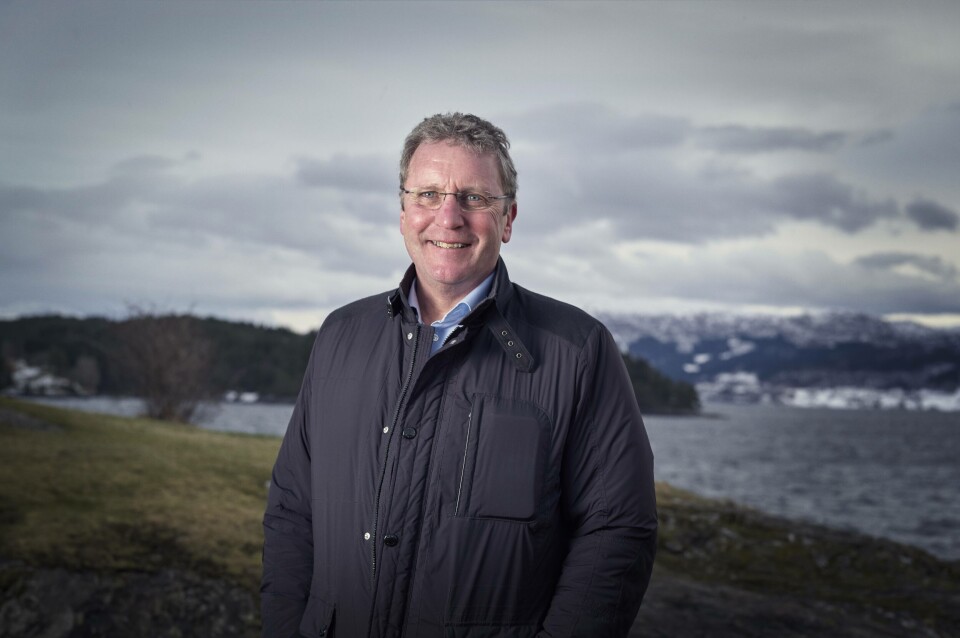
Grieg turns spotlight on its Skye salmon farms
Grieg Seafood Shetland has begun a “strategic assessment” of its operations on Skye, to see if it can improve synergies with its salmon farms on Shetland, owner Grieg Seafood Group said today.
News of the initiative was included in the Norwegian company’s second-quarter report, which said costs in Shetland continued to be high because of enduring biological challenges.
Grieg Seafood Group harvested 21,800 tonnes in Q2 2019, compared to 22,570 tonnes in Q2 2018.
Algal blooms
EBIT before fair value adjustment was NOK 309m, down from NOK 426m in Q2 2018, on total revenues of NOK 2.2 billion, unchanged from Q2 2018.
EBIT per kilo was NOK 14.17, down 25% from Q2 2018.
Farming cost during the quarter increased from the same quarter last year, mainly driven by higher cost in Shetland and British Columbia, Canada due to biological challenges related to sea lice and algal blooms. There was strong biological performance in Norway.
Smolt robustness
Chief executive Andreas Kvame said: “While we still have some challenges related to gill disease and algae in Shetland, the biological condition is improving.
“We continue to work systematically to increase our smolt robustness in Shetland, and survival on smolt stocked to sea so far this year is increasing.
“We have initiated a strategic assessment for our operations on Skye, as we see that the synergy between our farming areas on Shetland and Skye are low.
Early stages
“In BC, challenges related to algae, plankton and low oxygen levels have impacted production negatively during the quarter. This shows the importance of monitoring and use of aeration system to minimise impact. We are still in the early stages in executing on our priorities and we expect continued growth and operational improvements going forward.”
Grieg Seafood expects to harvest approximately 82,000 tonnes in 2019. Expected harvest volume for Q3 2019 is 20,200 tonnes, comprised of: Rogaland: 2,800 tonnes; Finnmark: 10,600 tonnes; Shetland: 3,500 tonnes; BC: 3,200 tonnes.























































